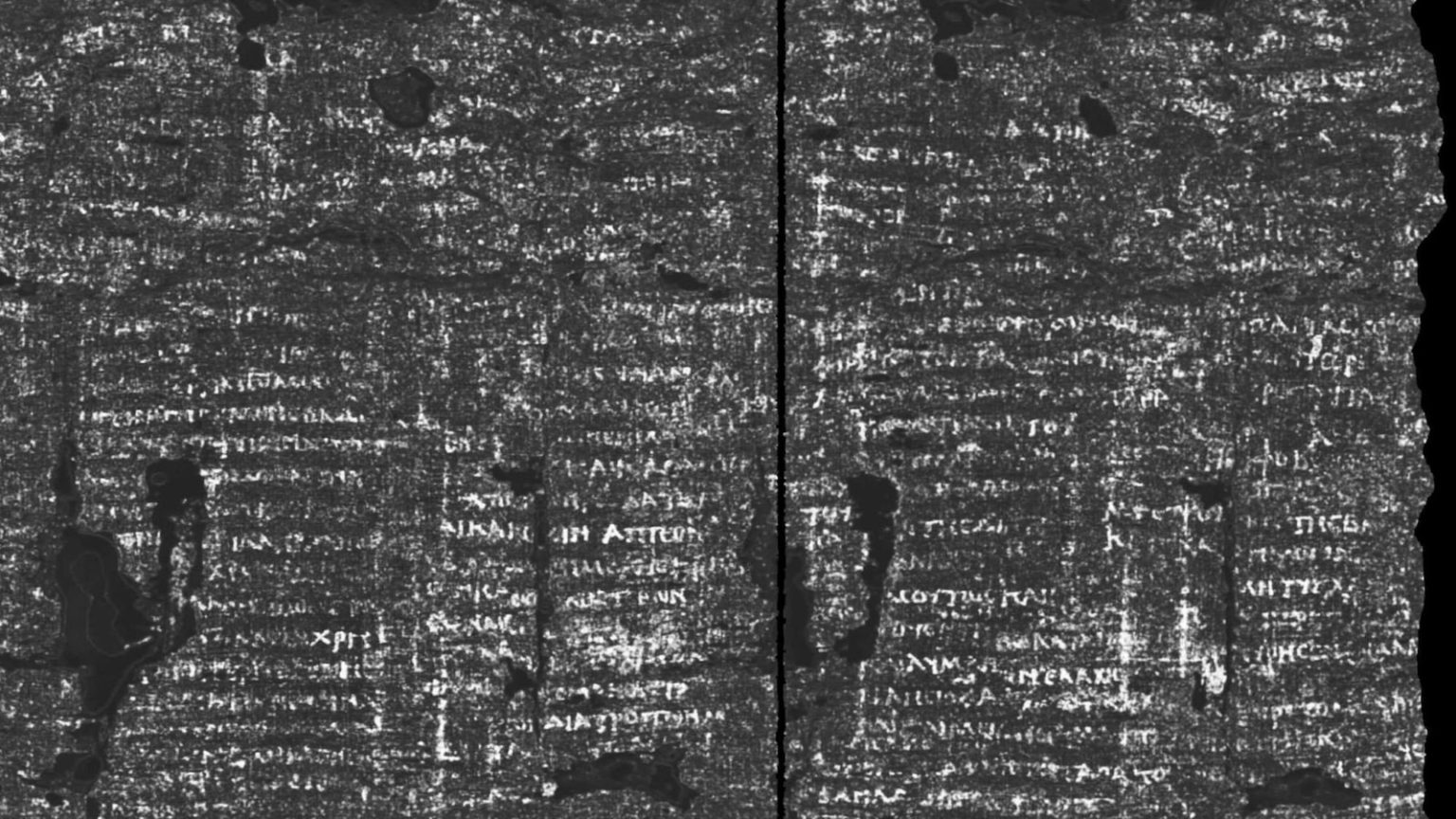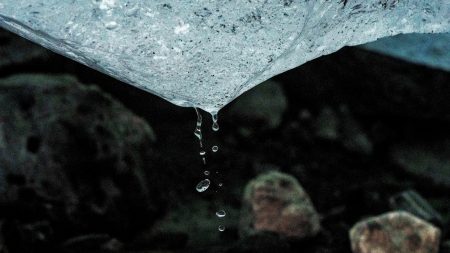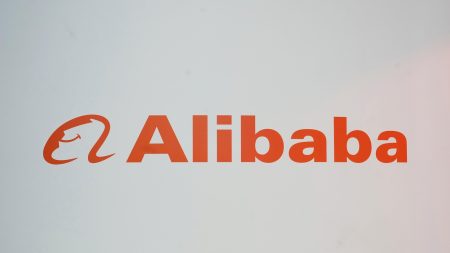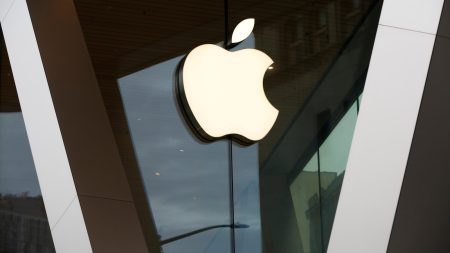Unveiling Ancient Secrets: The Discovery of Herculaneum Scrolls
Introduction to the Scrolls of Herculaneum
In the quiet town of Herculaneum, nestled near the imposing Mount Vesuvius, lies a treasure trove of ancient knowledge that has tantalized scholars for centuries. In the 18th century, archaeologists unearthed a collection of papyrus scrolls within the lavish Villa of the Papyri. These scrolls, though preserved by the devastating volcanic eruption of 79 AD, present a formidable challenge: their charred and fragile state has made them impossible to unroll physically without disintegration. Despite their unreadable condition, these scrolls hold the potential to unlock new insights into ancient Greek philosophy and culture, making their decipherment a Holy Grail for historians and scholars alike.
The Tedious Quest to Decode the Scrolls
For over two and a half centuries, scholars have grappled with the mystery of these scrolls. Their fragile state has thwarted numerous attempts at physical unrolling, making traditional methods of decipherment ineffective. The heat and volcanic ash from Mount Vesuvius, while preserving the scrolls, also rendered them into fragile, charred blocks. This impasse has led to the scrolls being housed in the National Library of Naples, where they remain as enigmatic artifacts waiting for a breakthrough in technology that could unlock their secrets.
The Vesuvius Challenge: Harnessing Modern Technology
In 2023, a new frontier in this quest emerged with the initiation of the Vesuvius Challenge. Tech executives, recognizing the potential of modern technology, sponsored a competition offering financial incentives to those who could decipher the scrolls using machine learning, computer vision, and advanced geometry. This challenge sought to leverage cutting-edge technology to overcome the limitations of traditional methods, marking a significant shift in approach from earlier attempts.
Breakthrough Imaging with Diamond Light Source
A groundbreaking achievement was announced when researchers successfully imaged the interior of one of the scrolls housed at the Bodleian Library, Oxford University. Utilizing the Diamond Light Source, a state-of-the-art facility equipped with a powerful synchrotron, scientists employed X-ray technology to create detailed scans of the scroll. These scans were then processed using artificial intelligence to detect ink and enhance text clarity, resulting in a 3D image that allowed virtual unrolling through a process called segmentation. This technological marital of X-ray imaging and AI not only provided unprecedented insights but also highlighted the potential for further advancements in the field.
Initial Findings and the Road Ahead
While the initial results have been monumental, with the detection of the ancient Greek word for "disgust," much work remains. The limitations of AI in deciphering the text underscore the need for continued refinement in imaging and analysis. The process is still in its nascent stages, with scholars being urged to contribute their expertise to the ongoing effort. The curators at the Bodleian are optimistic about enhancing image quality and text legibility, recognizing that this is just the beginning of a long and intricate process.
Future Possibilities and Broader Implications
Looking ahead, the ultimate goal is to develop portable technology that can be deployed locally, avoiding the need to transport fragile scrolls. This would allow the other scrolls in Naples to be analyzed without risk. The journey from the discovery of the scrolls to this technological breakthrough is a testament to human ingenuity and collaboration. As we continue to unravel the mysteries of these ancient texts, we may yet uncover new dimensions of ancient thought, bridging the past and present in remarkable ways. The Scrolls of Herculaneum remind us that even the most seemingly insurmountable challenges can yield to persistent human endeavor and the clever application of technology.















